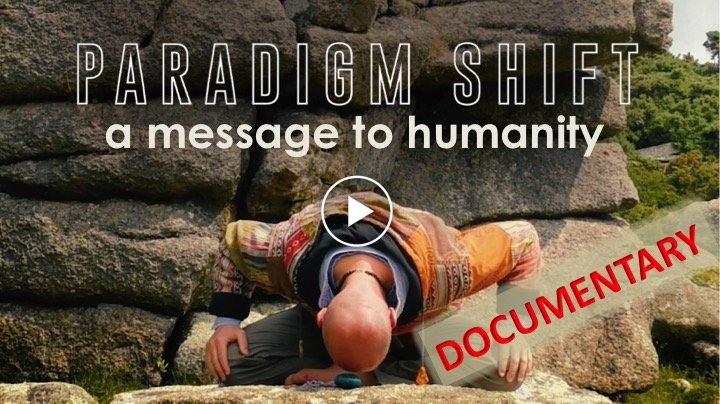The MATRIX of Health
Global spending on drugs for diseases ranging from cancer to heart disease are on the rise, and according to a new report from the IMS Institute for Healthcare Informatics, worldwide, patients will spend $1 trillion on such drugs by 2014.
Not only will spending reach that unprecedented level, but the group’s estimates hint that it will continue to grow and reach almost $1.2 trillion in 2017.
Most of that spike is coming from greater access to medications among the world’s growing middle class, but here are a few other reasons for the trend, according to the report’s authors:
New health care systems: In the U.S., the Affordable Care Act could lead to major spending on prescription drugs for Americans. For instance, in a best case scenario of nearly complete enrollment, increased demand from more insured people will push up prescriptions. Given the large pool of anticipated new enrollees, however, even if signups are lackluster, Michael Kleinrock, research director for the IMS Institute for Healthcare Informatics says, “We are still [going to] hit $1 trillion in 2014.”
China is also expanding its health care system and aiming for universal coverage for its 1.35 billion citizens by 2020. The report estimates that the country alone will make up 34% of the global growth in medication spending over the next five years. As Europe recovers from the recession, its residents may also start to buy more prescription drugs.
And in Japan, demographics may drive changes in prescription patterns. Its aging population compelled the government to mandate that 60% of prescribed drugs be available as generics by 2018, which is expected to double the current amount of generic drugs on the market in the country.
New drugs: Over the next five years, the FDA is expected to approve about 35 new New Molecular Entities (NMEs) a year that could treat specialized diseases as well as more common medical problems like rheumatoid arthritis and cystic fibrosis. NMEs contain active molecules or agents that have not previously been approved by the FDA, and represent entirely new ways of treating disease, either alone or in combination with other drugs.
More specialty medications: The report authors say specialized medicines like biologics will also drive new prescriptions for medications. Biologics are derived from living organisms, and by nurturing them in the right environments, scientists encourage them to produce desired proteins, enzymes or other molecular entities that can have important therapeutic effects. According to the authors, these will represent the most popular new groups of drugs through 2017. Spending for these medications is expected to increase 30% over the next five years to about $190 to $200 billion. These drugs potentially offer more targeted therapies for cancers, arthritis, hepatitis C and multiple sclerosis, all of which are likely to be on the market by 2017.
What does all this drug spending mean for the world’s health? The medications won’t be a panacea for the world’s ills. But more accessibility of newer medicines may lead to better control of certain conditions. “Some diseases, like hepatitis C, where newer medicines are purported to act nearly as a viral cure, could see reduced rates of disease as a result of new medicines and their broader use,” says Kleinrock. “Many of the specialty medicines we point to are breakthroughs for niche or orphan disease populations, so the benefits for those patients are clear, but they are sometimes few in number.” Those small benefits, however, could add up to larger improvements in the global population’s health over time.
Read more: Why We’re Spending $1 Trillion on Health Medications | TIME.com http://healthland.time.com/2013/11/19/why-were-spending-1-trillion-on-h…
- Add new comment
- 60 views
Comments
My two cents
Comment
I see this as a necessary step in a new evolution. Sometimes in a room filled with people we are unable to hear the speaker. Some have a more sensitive ear and are able to hear a faint sound while others may not be able to hear a beating drum and will remain oblivious to its sounds. This is a perfect example of a cataclysmic explosion that will sky rocket the populace toward evolution. It may be likened to an un-ignorable sound that will be hard to miss and therefore heard by many.





 Check Latest EVENTS 2024/25
Check Latest EVENTS 2024/25 Openhand 5D Ascension Program
Openhand 5D Ascension Program


 Break through Your Tightness
Break through Your Tightness


Add new comment